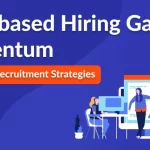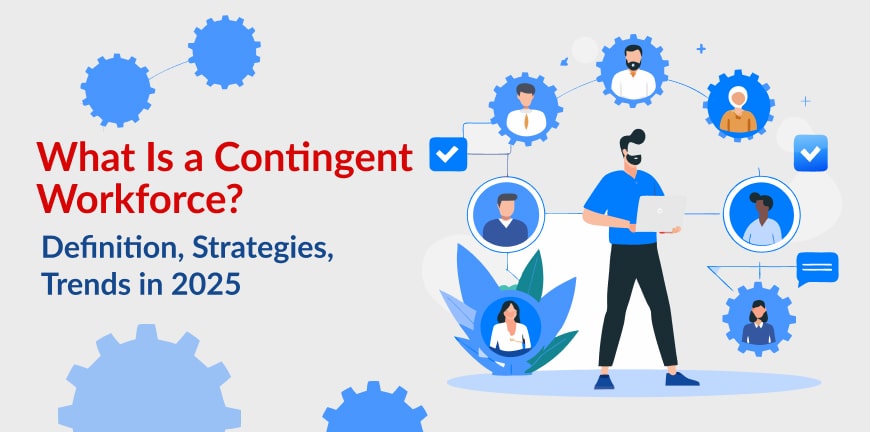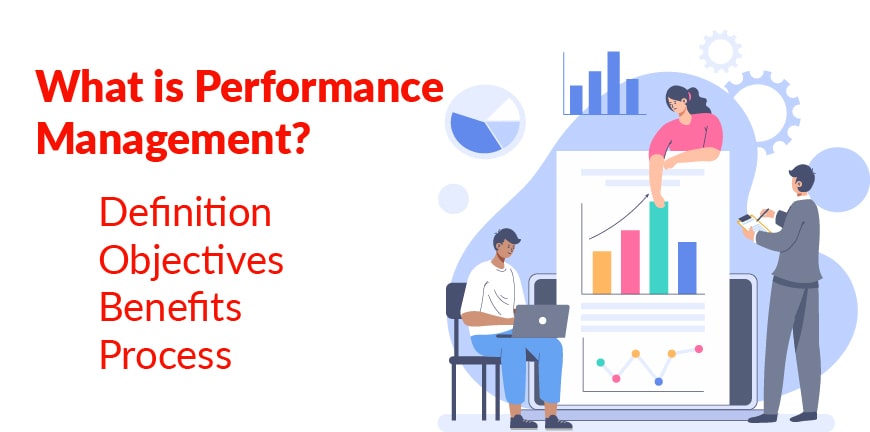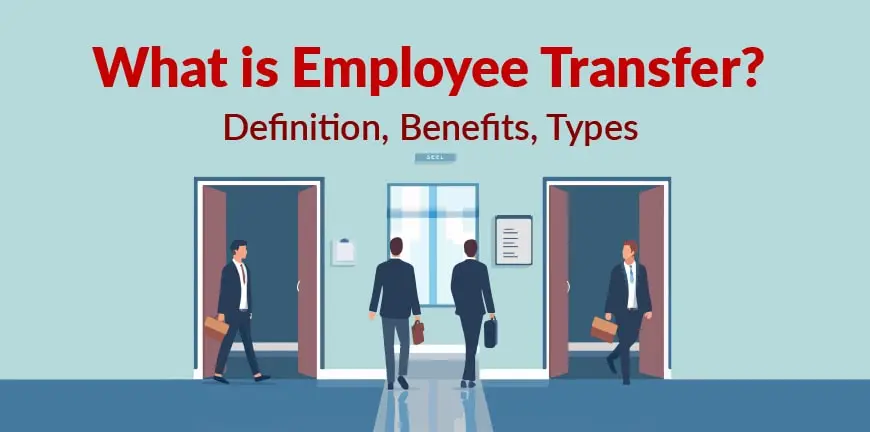
Pros and Cons of Staff Augmentation: A Complete Guide
17/04/2025
Skills-based Hiring Gain Momentum: Reshaping Recruitment Strategies
21/04/2025- What Is a Contingent Workforce? Meaning & Definition
- What are the Benefits of a Contingent Workforce?
- What is the Importance of Contingent Workforce in HRM?
- What are the Examples of Contingent Workforce Roles?
- What is Contingent Workforce Planning? Key Considerations
- What are the Strategies for Managing a Contingent Workforce?
- What are the Trends Shaping the Contingent Workforce in 2025?
- What are the Contingent Workforce Statistics?
- Frequently Asked Questions (FAQs)
Companies whether startups or market leaders will always encounter various challenges such as volatile market conditions, regulatory changes, supply and demand fluctuations, technological disruptions, and many more. Workforce management plays a crucial role in combating all these challenges and sustaining growth.
With the current business landscape, a traditional 9-5 permanent workforce model won’t suffice. So, what is the way forward? A short answer is the smart blending of a contingent workforce into the project flow to ensure project requirements are met and yet it will not burn pockets of the company.
Let’s learn more about the contingent workforce definition, benefits, examples, statistics, planning, and strategies that will help HR teams and stakeholders understand how to use a contingent workforce in the most optimised way.
What Is a Contingent Workforce? Meaning & Definition
The contingent workforce definition states that ” It is a type of workforce that is hired by companies on a short-term basis for an ongoing project without offering permanent employment. Contingent workforce examples include freelancers, independent contractors, temporary staff, consultants, and part-time workers.
A contingent workforce meaning may refer to “workers hired on a short-term basis”, but skill-wise they might be as good or even better than permanent employees, the only difference their tenure is short-term and only required during emergencies.
In most organizations, especially big companies, there is always a mix of both permanent employees and contingent workers. The companies that use the services of contingent workers are not obligated to offer benefits such as health insurance, paid leaves, food, etc. Additionally, companies can hire contingent workers directly or via top staffing agencies like ALP Consulting based on project requirements.
What are the Benefits of a Contingent Workforce?
By the end of 2025, nearly 35% of workers across the globe will be comprised of gig workers as per contingent workforce statistics. This development indicates that the demand for contingent workers will rise exponentially with time. The key contingent workforce benefits include:
- Contingent workers help companies reduce costs without compromising on quality or project deadlines.
- They offer flexibility as the contingent workforce can be utilised as and when required and laid off when there is less demand.
- Companies can hire experts with specific skills without a long-term commitment.
- Companies get fast access to specialised skills as hiring experts permanently is a lengthy process involving a lot of resource spending.
- There is less involvement of the HR team as the hiring and payroll processes will be taken care of by the staffing agency like ALP Consulting.
- Companies gain access to a global talent pool with diverse expertise.
- They help companies expand their business with less investment.
What is the Importance of Contingent Workforce in HRM?
The rise of the gig economy or contingent workforce is reshaping the way HRM (human resource management) will operate in the near future. As companies across India navigate through various uncertainties like fluctuating markets, inflation, AI impact, changing compliance regulations, etc., a traditional 9-5 permanent employment model may not be feasible anymore.
Strategic human resource management now involves an ideal mix of permanent employees and contingent workers to ensure project deadlines are met without compromising on quality or increasing costs. It is a win-win situation for both companies and their stakeholders.
What are the Examples of Contingent Workforce Roles?
Based on the contingent workforce definition we can infer that diversity is critical for the best utilisation of contingency workforce. Here are the major contingent workforce examples that most companies hire for their projects on a short-term basis.
- Freelancers: They are self-employed individuals with specific expertise offering to work for companies on the pay-per-work model or lumpsum amount model. Ex: content writers, photographers, cooks, graphic designers, etc.
- Independent contractors: These are individuals who work through an agency and provide services for the completion of a project. Ex: construction workers, accountants, etc.
- Consultants: These individuals offer specialised expert or advisory services necessary for project execution and strategy improvements. Ex: software consultants, CA, management consultants, etc.
What is Contingent Workforce Planning? Key Considerations
Contingent workforce planning is vital for the success of any project as the company must utilize both permanent employees and contingency workers precisely to get the best outcomes. Any mismanagement can lead to serious consequences which may delay the project completion or in extreme cases lead to project failure. Here are the steps involved in contingent workforce planning:
- Planning and strategy: Check and identify roles that can be carried out using contingent forces and incorporate them in enterprise workforce planning (WFP).
- Sourcing and Procurement: Engage in negotiation with staffing agencies and finalise count, rates, duration, and other parameters so that contingent workers fill the gaps perfectly without over or under-hiring.
- Onboarding: The internal HR team should ensure onboarding is smooth and contingent workers are performing their tasks with minimal supervision.
- Compliance and Risk Management: Create proper contracts, terms and conditions, roles & responsibilities, confidentiality clauses, etc. We have to ensure the contingent workforce hiring meets the compliance requirements and there should be any violations during the project execution and annual reporting.
- Performance Management: The HR team and project managers must ensure contingent workforce adheres to deadlines and performs their tasks effectively.
- Compensation and benefits: Ensure contingency workers are paid what they are promised and on time to avoid absenteeism and low-quality work.
- Relationship management: The company must ensure contingent workers are valued and treated with respect.
- Offboarding: Ensure the offboarding process is smooth and all the closing formalities are carried out as per compliance requirements.
The key considerations in contingent workforce planning include:
- HR team must realise that not every role is suitable for contingency.
- Seamless onboarding is critical even if it’s done on a short-term basis.
- Regular feedback improves the future contingency hiring quality.
- Cost saving is not guaranteed always.
- Cultural fit does matter.
- Legal and compliance issues can’t be overlooked.
What are the Strategies for Managing a Contingent Workforce?
Devising clear and practical contingent workforce strategies ensures the right talents are hired, and project outcomes are enhanced. There should be an emphasis on planning, communication protocols, and a focus on performance and compliance. Here is a list of proven contingent workforce strategies that can be incorporated to get the best out of a contingent workforce.
- Define clear objectives and expectations from the contingent workforce.
- Streamline communication and provide a seamless onboarding experience for the contingent workers.
- Foster inclusivity and performance management.
- Develop contingent workforce processes and procedures that ensure compliance and prevent legal troubles.
- Leverage analytics and AI to gather valuable insights for better contingent workforce management.
- Maintain strong relationships with the contingent workforce and their staffing agency to get the best outputs.
Contingent workforce planning and scalability should be on point.
What are the Trends Shaping the Contingent Workforce in 2025?
Here are the 8 contingent workforce trends that both companies and HR teams must keep in mind before seeking the services of the contingent workforce in 2025.
- The Gig economy is on the rise the contingent workforce is expected to make up 35% of the total workforce in 2025 as per industry experts.
- AI-powered solutions will be utilised in contingency workforce hiring and management in 2025.
- Nearly 70% of contingency workers are seeking WFH opportunities.
- Diversity, Equity, and Inclusion (DEI) are also being introduced in Contingency workforce management.
- Stricter regulations are being imposed on contingency employment.
- Workforce Analytics will drive decision-making in contingency workforce planning.
- Employee engagement strategies will extend to contingency workers as well.
What are the Contingent Workforce Statistics?
Here are the key contingent workforce statistics:
- The gig economy is growing rapidly and is expected to create around 90 million jobs and account for 1.25% of GDP growth by 2030.
- In 2025, around 35% of the global workforce will be comprised of a contingent workforce.
- Quick commerce (Q-comm) transportation, and e-commerce are driving the gig economy, and the hiring volume of contingency workers will grow by 60% in 2025 when compared to 2024.
- According to The Week, the Indian IT contingent staffing market is expected to reach $5.6 billion with a workforce count of 6.63 lakhs.
Frequently Asked Questions (FAQs)
1. What does contingent workforce mean in HR?
A contingent workforce meaning in HR includes a non-permanent workforce such as freelancers, independent contractors, and consultants.
2. What are the hr challenges of contingent workforce?
The hr challenges of the contingent workforce include meeting compliance requirements, integrating the contingency workforce into the current work culture, maintaining quality and performance, etc.
3. How does a contingent workforce differ from full-time employees?
The differences between contingent workforce and full-time employees are lack of job security, minimal to no benefits, work duration is limited and project basis, commitment levels are lower, etc.
4. What are the challenges in managing a contingent workforce?
The challenges in managing a contingent workforce include workforce visibility, cost control, performance measurement and optimisation, compliance, creating inclusivity, etc.
5. What are examples of contingent workforce roles?
The contingent workforce examples include freelancers, independent contractors, consultants, and temporary and part-time workers.
6. What are the risks of using contingent workers?
The potential risks of using contingent workers include a mismatch of required skills, tax and labour law violations, data breaches, confidentiality violations, absenteeism, lack of commitment, underperformance, etc.
7. What is a contingent workforce strategy?
The contingent workforce strategies include defining clear objectives, seamless onboarding and offboarding, performance management, leveraging technologies like AI and performance analytics, etc.
Contact Us For Business Enquiry

Rajkumar Shanmugam
Rajkumar Shanmugam is the Head of HR at ALP Consulting, bringing over 19 years of comprehensive HR leadership experience across India and international markets. His expertise spans talent acquisition, employee relations, performance management, compliance, and HR transformation. Rajkumar has a proven track record of driving people-centric initiatives, enhancing workplace culture, and aligning HR strategy with business goals. With extensive experience in US staffing operations and global mobility, he continues to lead organizational excellence through innovation and employee engagement.




